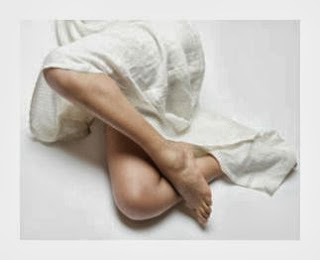 |
| Peter G. Levine Stronger After Stroke Blog |
OK class, here's your quiz:
- Stretching decreases spasticity T/F
- Stretching increases the length of spastic muscles T/F
- Stretching reduces the chance of contracture (muscle stuck at a shortened length) T/F
- Stretch helps make joints more mobile T/F
 Stretch is good for joints. Every time we move, joints are "lubricated." That is, joints require movement in order for the fluid in the joint (synovial fluid) to be properly distributed. Stroke survivors, because they are typically weak on one side, don't get the joints on the "bad" side to move enough. How much is enough? Look at it this way, on the "good" side your joints, all of them, will be moved through their entire arc of movement (called range of motion) dozens if not hundreds of times per day. How many times are you "bad" side joints moved? Because they have trouble moving, it is wise to move them either with the "good" side doing the work, or a caregiver doing the work. This is called passive ranging.
Stretch is good for joints. Every time we move, joints are "lubricated." That is, joints require movement in order for the fluid in the joint (synovial fluid) to be properly distributed. Stroke survivors, because they are typically weak on one side, don't get the joints on the "bad" side to move enough. How much is enough? Look at it this way, on the "good" side your joints, all of them, will be moved through their entire arc of movement (called range of motion) dozens if not hundreds of times per day. How many times are you "bad" side joints moved? Because they have trouble moving, it is wise to move them either with the "good" side doing the work, or a caregiver doing the work. This is called passive ranging.But while stretching may be good for joints, the affect of stretch on muscles and other soft tissue (ligaments, blood vessels, fat, etc.) is, so far as the science says, negligible. So the answer to your quiz is F, F, F, and F.
I know this is hard to believe. And it is counter to what some therapists think. But it is confusing. There is an immediate effect of stretch on spasticity, everyone knows that. But this is one of the many reasons stroke is so devious; what is true now may not be true 5 minutes from now.
This is a frustration for many clinicians. You observe something is true (i.e. spasticity wanes with stretch) only to find that with the next big movement by the survivor, spasticity comes right back.
Further reading from this blog on spasticity here and here.
See the original article + 6 Comments:

No comments:
Post a Comment